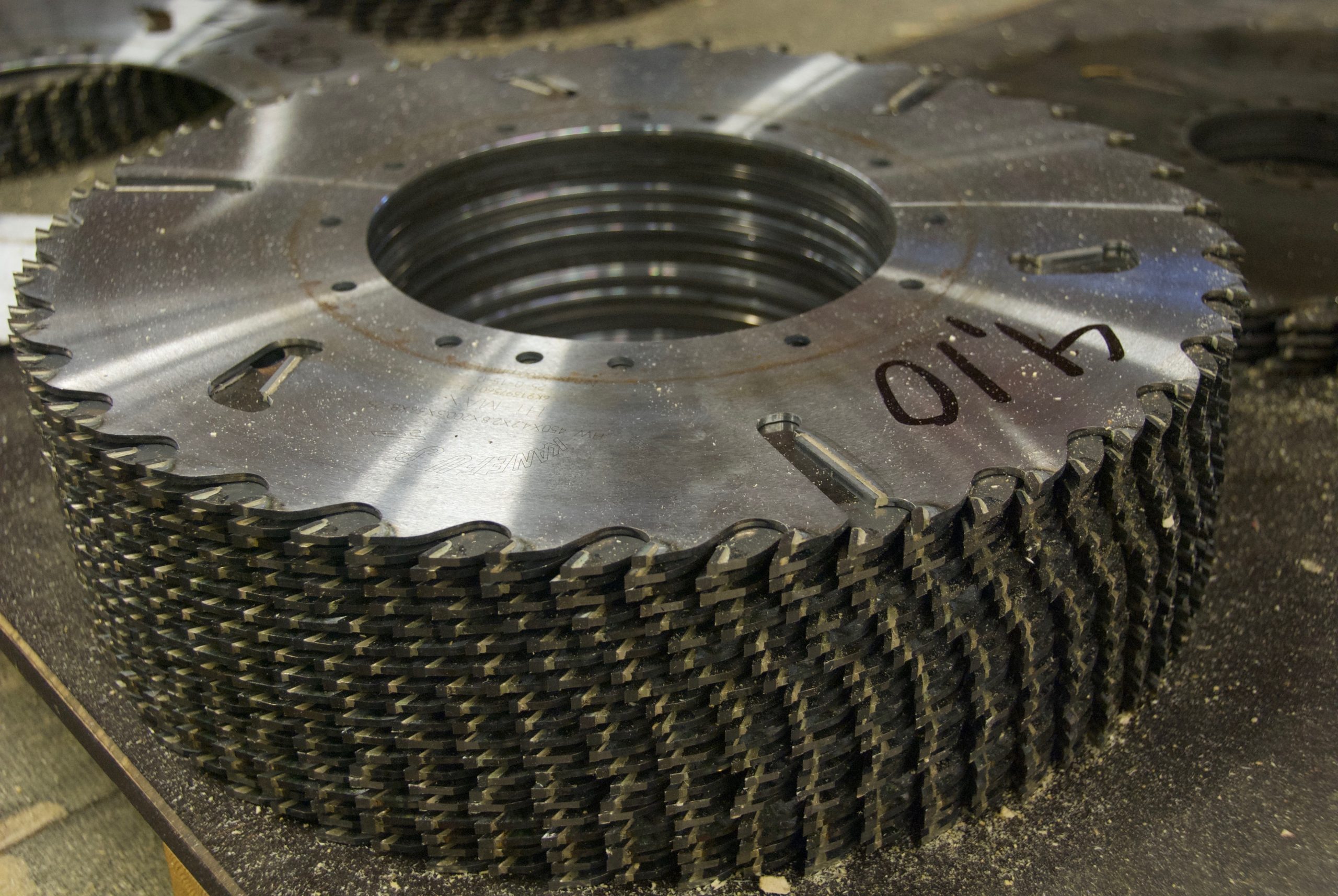
Hello to the readers of Canadian Forest Industries magazine. My name is Paul Smith. I am the president of Smith Sawmill Service LLC. My company is 30 years old and is headquartered in my hometown, Timpson, Texas. In September of 2018, I branched out and purchased the Louisiana division of Industrial Cutting Tools (formerly Poole’s Sawmill Supply).
Between the two locations, our company services and sells to customers located all over the U.S. and abroad. I hold two U.S. patents and currently have two patents pending. I am a third-generation sawfiler and began working in the filing room of a local sawmill in Timpson where my father and grandfather both worked in their lifetimes.
I have almost 50 years of saw filing experience, primarily in round saws from gangs to headrig. Today, my son Michael, a filer himself, oversees a team of filers that ensure the saws that come through our shops meet the critical standards required for our industry.
I want to discuss here a new filing challenge that we have been running into a lot lately: today’s circular saws expectations are high.
Are teeth coming out, shoulders breaking? These issues are beginning to show up more and more in the guided circular saws used in today’s mills.
When the normal tooth bite was kept low, this problem did not occur as often. However, because of faster feed speeds and keeping gullets full to capacity, we now find ourselves in a situation that requires more attention to the sharpness of the teeth.
Many edger manufacturers and saw manufacturers will tell you it’s OK to have a high tooth bite, even up to 0.070 or more. And they are correct, as long as the tooth itself is very sharp and the gullet capacity prevents overflow or packing. History shows a low tooth bite does not put anywhere near the pressure on the tooth and shoulder as a high tooth bite. Also, over filling of the gullet adds to the pressure on the tooth and shoulder. The tooth and shoulder will only take so much pressure before cracking or a break out occurs.
We have found guided saws with high tooth bite and gullet capacity “full within the limits” to still perform as needed if they have a very sharp tooth. Many times, we have sent new saws to mills and, while they will perform well for the first run or two, they seem to start having problems with tooth and shoulder breakage. It has been determined that the saws are just not getting sharp enough.
The factors to consider when there is excessive pressure on the tooth and shoulder are tooth bite, gullet capacity and sharpness of the tooth. In today’s high-speed edgers, the sharpness of the tooth will be a contributing factor on how well your saws perform.
Please keep in mind that even if you are putting the tooth on correctly and annealing correctly, it could be a dull tooth that is causing you tooth and shoulder issues. When pushing the limits, we recommend that teeth in the saw be both topped and faced when sharpening.
Smith Sawmill Service offers full analysis on your tooth using our Loroch measuring system. Feel free to send us one of your saws, ready to run, and we will be glad to send you a report on how well it should perform (based on the tooth). We will of course, return your saw. Additionally, we have software that will analyze your saw specs for species, feed speeds, and so on. We have service technicians that can check your grinder(s), straight edges, measuring devices and tools since all of these together ensure quality work. Feel free to call us about this or other saw issues.
Editor’s note: Thank you to Paul Smith for sharing his advice on saw filing in this column space. If you are interested in writing a future Saw Filing 101 column, please get in touch with CFI editor Ellen Cools: ecools@annexbusinessmedia.com.
The article is part of our 2020 #FileWeek coverage. Read more here.
Paul Smith is the owner and CEO of Smith Sawmill Service LLC with locations in Texas and Louisiana. Reach him at paul@smithsawmillservice.com.
Print this page
